HOLY SHIT YOU GUYS
GUESS WHAT FINALLY FUCKING HAPPENED
That is correct. You heard that correctly.
After SIX YEARS (intermittent) of trying and failing to bake bread, I have done it.
And I don’t mean your namby-pamby bread with your store-bought activated yeast packets made possible by mass industrialization. No. I made SOURDOUGH bread.
It all started with the yeast in the air of my home and in the germ of the fancy organic wheat flour I bought at the co-op. This yeast was captured and activated when I touched and handled and mixed warm water with the flour. Twice a day, I fed my starter, and soon it was bubbly and smelling of vinegar and doubling itself in a vigorous manner, indicating ’twas a hale and hearty starter indeed. Many times have I tried to make a starter, only to never fully understand what I was supposed to be looking for, in determining if it was “ready” or not. Now I know. This starter almost leaps from the bowl after a feeding, it is so light and airy and bubbly and robust! You can smell it when you come down the stairs in the morning. I knew the starter was ready, and so was I, thanks to actually finally investing in a serious bread book (Tartine Bread, by Chad Robertson), a vintage dutch oven for at-home loaf-steaming, and other accoutrements that I believe are necessary at least at first, until you develop the “baker’s hand,” a phrase I just made up (digital scale, dough scraper).
First you make your leaven
[not pictured]
You do this by taking just one tablespoon of your starter and mixing it with a bunch of flour and water. The rest of the starter you can put in a different bowl with a little bit of flour, and in the morning it will become sourdough pancakes!! With local blueberries you wisely froze over the summer!
Your leaven ferments overnight and gets all airy and bubbly and smelling all good. Then you mix a ton of flour and water into it.
then you measure out some salt
You mix it together with your fists like a baby bear getting in the honey pot. You are covered with a pound of dense, sticky dough. It is awesome. Take off your rings or it will be a big pain later!
When it is all mixed up you let it ferment for a couple of hours. Here is where I made my last mistake, the other day when I tried and failed once again to bake bread. I had thought you wanted your dough to be as springy and aerated and light as possible before baking, but it turns out that’s why my loaves have been deflating HORRIBLY right when I stick them in the oven, yielding dense, unpleasant bread that I nonetheless force my husband to consume. No, it turns out “overproofing” is worse than no rise at all, and thus I wrote myself a note and resolved to try again without being such an eager beaver with the warmed oven and the overly-long bulk fermentation period.
Ok so instead of 3 hours I let it go for 2, doing a “turn” every 30 minutes and trusting my intuition that the dough was done when it seemed like it was. Then I turned it out onto the counter and did this crazy thing where instead of kneading it you “stretch and fold,” where you like pull out the sides of this weird gelatinous lump of dough and fold it on itself, creating tension and gas bubbles by stretching the surface, and it’s hard to describe but not all that hard to do, which is what every baker says about baking bread, which is why it’s so damn hard to learn how to do on your own with a book instead of with your wise mother teaching you in childhood!! Or apprenticing with old rural French men who build their own bread ovens out of old skis or whatever like Chad Robertson did.
Anyway, you make the dough into two nice smooth balls and let them rest awhile and then put them in their baskets, also not pictured. Then you let them do a final rise, which again I cut short! Chad Robertson says 3-4 hours, I did 1.5, stuck my finger in one and called it done.
Meanwhile, you’ve heated up your dutch oven to 500 degrees. Now you take it out, dump a loaf in, cut the top of the loaf so the bread doesn’t explode, put the lid on, and stick it in the oven. Using the dutch oven lets you steam the loaf like a real bakery would! This is what makes a bread crust so hard and crunchy you could stab and kill a man with it!
After 20 minutes you take off the lid and WHATTTTTTTTTT????
it has busted up with the heat! That score you made, which was just a wimpy little sad trench in a floppy piece of gross dough, is now a heroic cliff yearning for freedom!
Leave the lid off and stick it back in for 20 minutes. Then what happens??
(that is a different loaf. The first one is still cooking. When it comes out it will have “ears” because of the way I scored it)
look at that goddamn crumb! You could drive a car through those holes!!
You lean the bread up against the wall to cool, so air circulates underneath it. For about five minutes, it crackles and pops LOUDLY, which Robertson calls “the song of the bread.” Then you put it on a board and run upstairs and shriek at your husband to look! look!!!
then you cut into it and it tastes pretty good but now you are wondering how to experiment with flavor, because you have definitely had better bread, although the crust and texture of this loaf is restaurant-quality.
I just want to say, this is a really important moment for me! I have wanted to be able to do this for years, and at times I felt like it would never happen. This is the way all bread used to be made. It is the most beautiful thing made from the least number of ingredients that I can imagine. Water, flour, salt. THAT IS IT. This is the closest I have ever come to making something truly from scratch. Like, this is a complex food item that I can sort of imagine being able to make once the world ends. Grinding wheat into flour and finding salt would be the only hard parts. It is so cool. And I think it’s important to learn how to make sourdough bread because apparently it is an art that has been really lost–people are fighting to recover it. All these centuries of knowledge lost in one generation of commercial yeast. Lets do this!
Anyway now my house smells about like you’d imagine (incredible). I am going to walk to the store with the dog to buy some read wine.
peace on earth

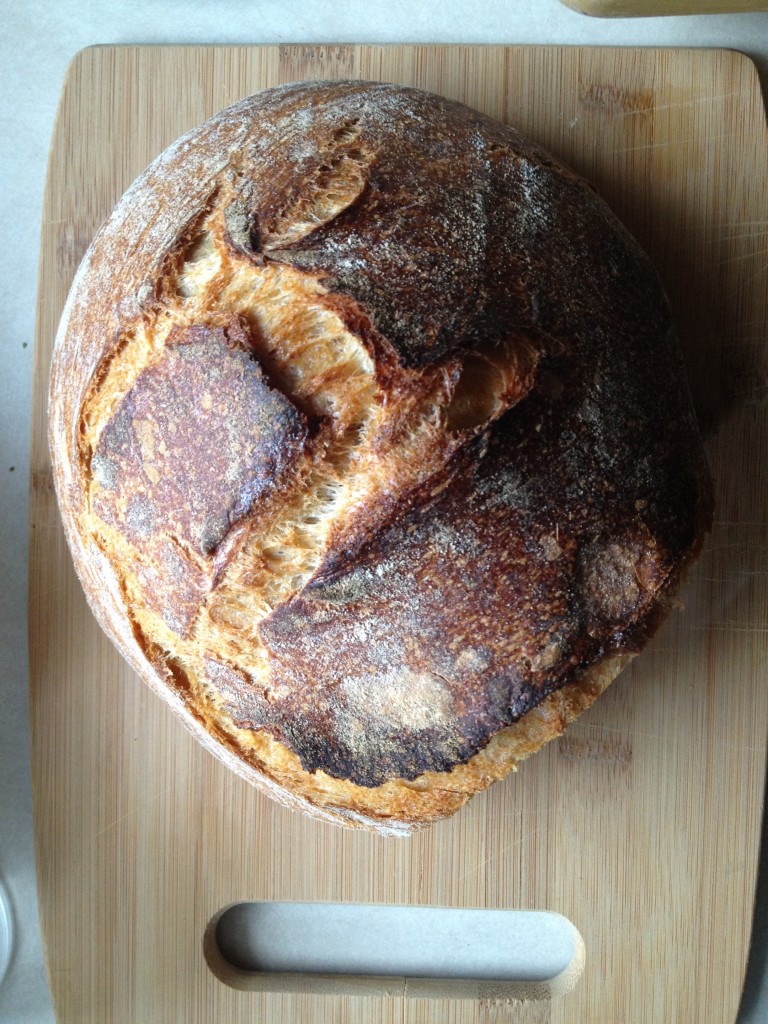
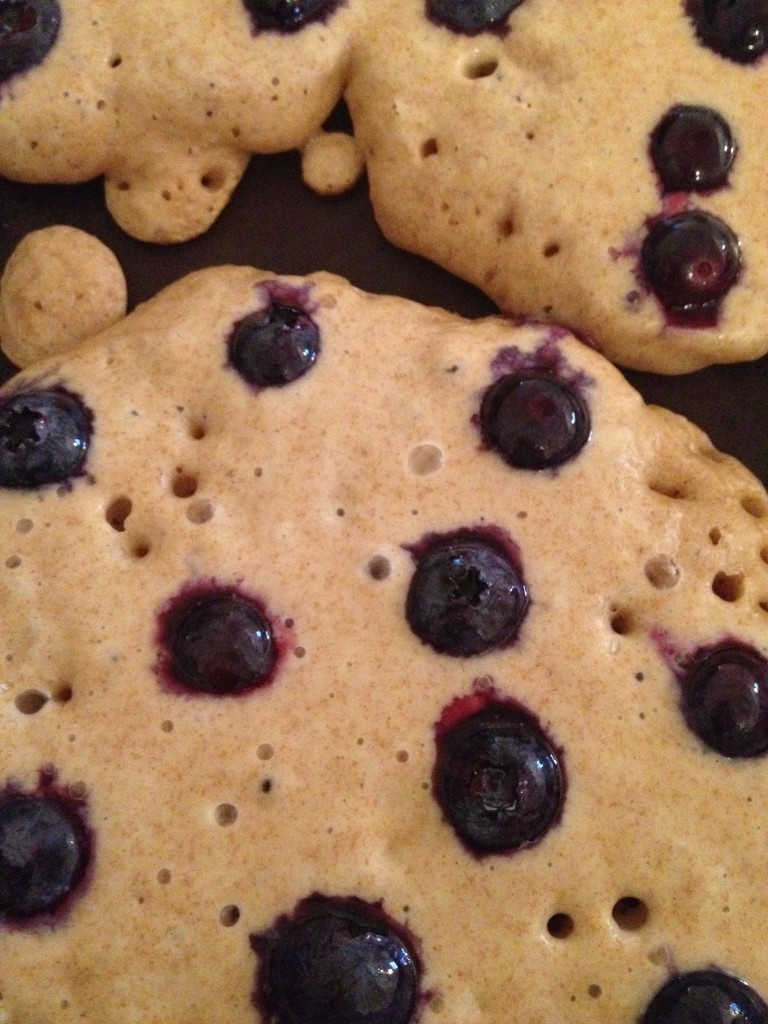
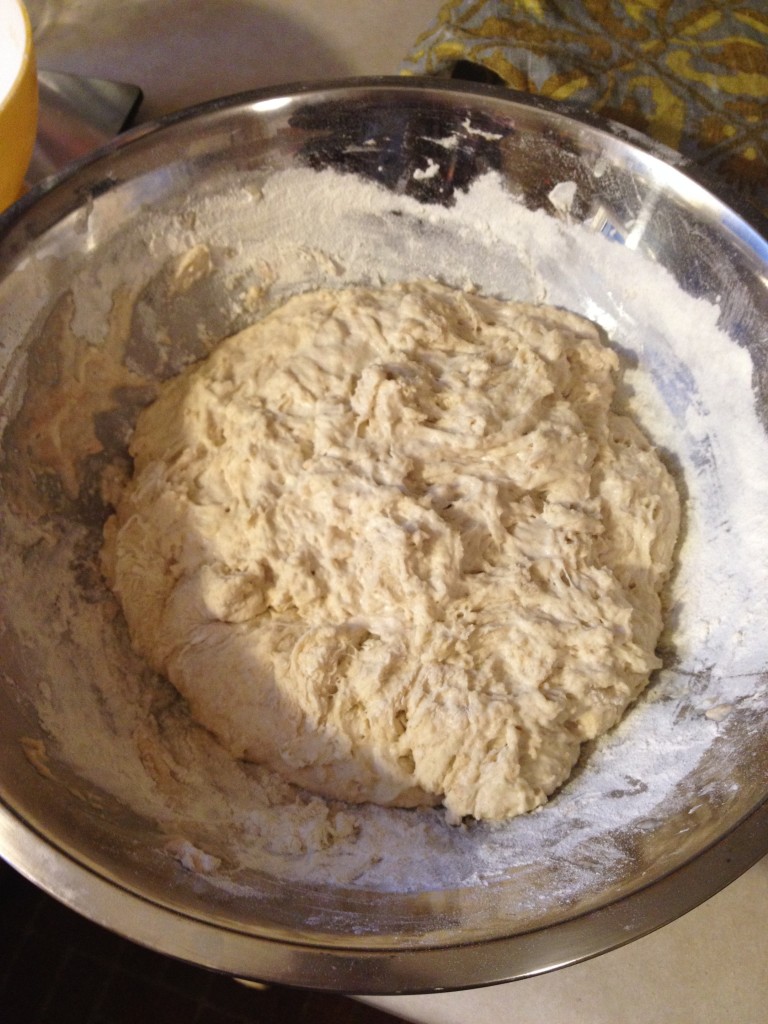
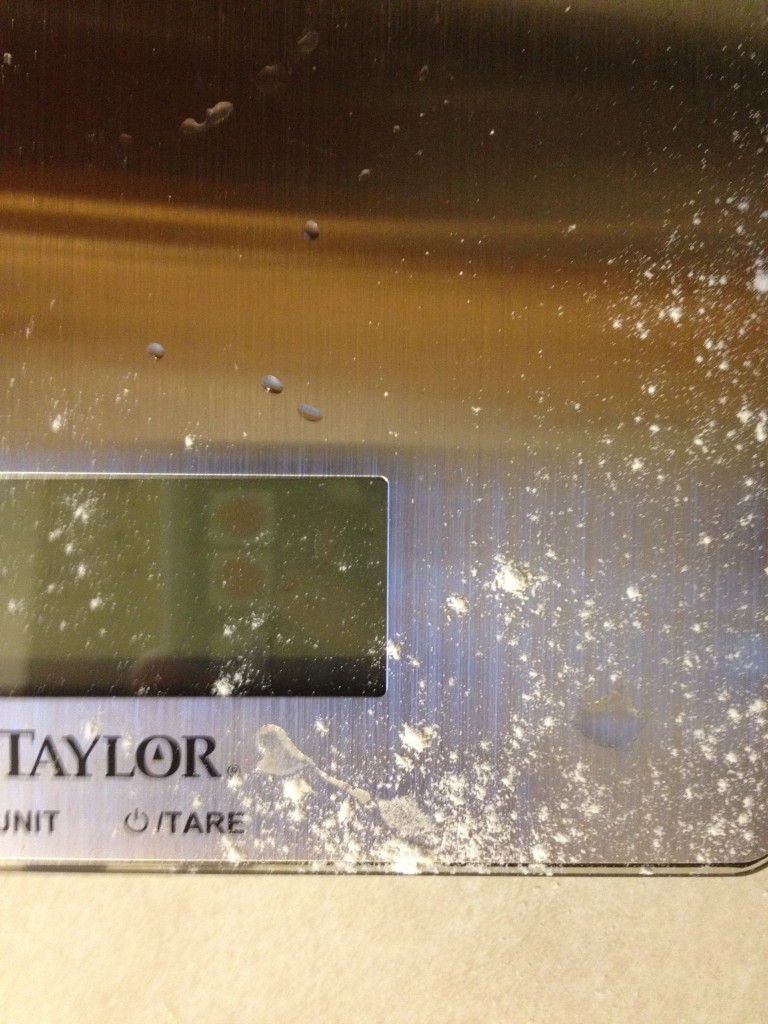
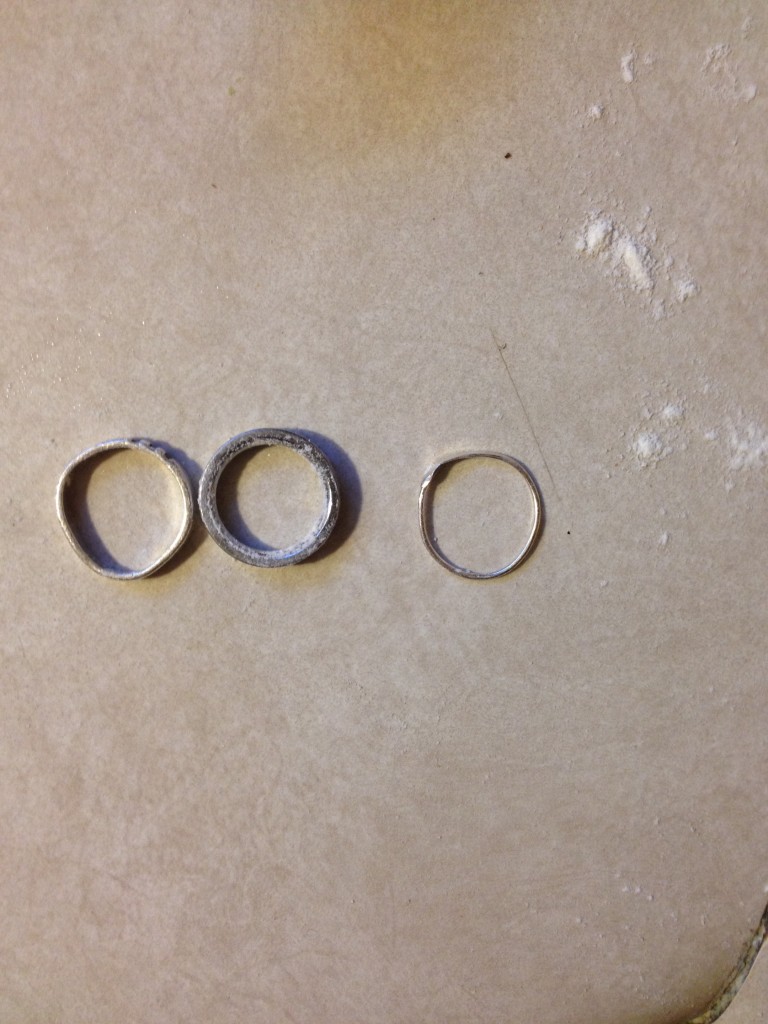
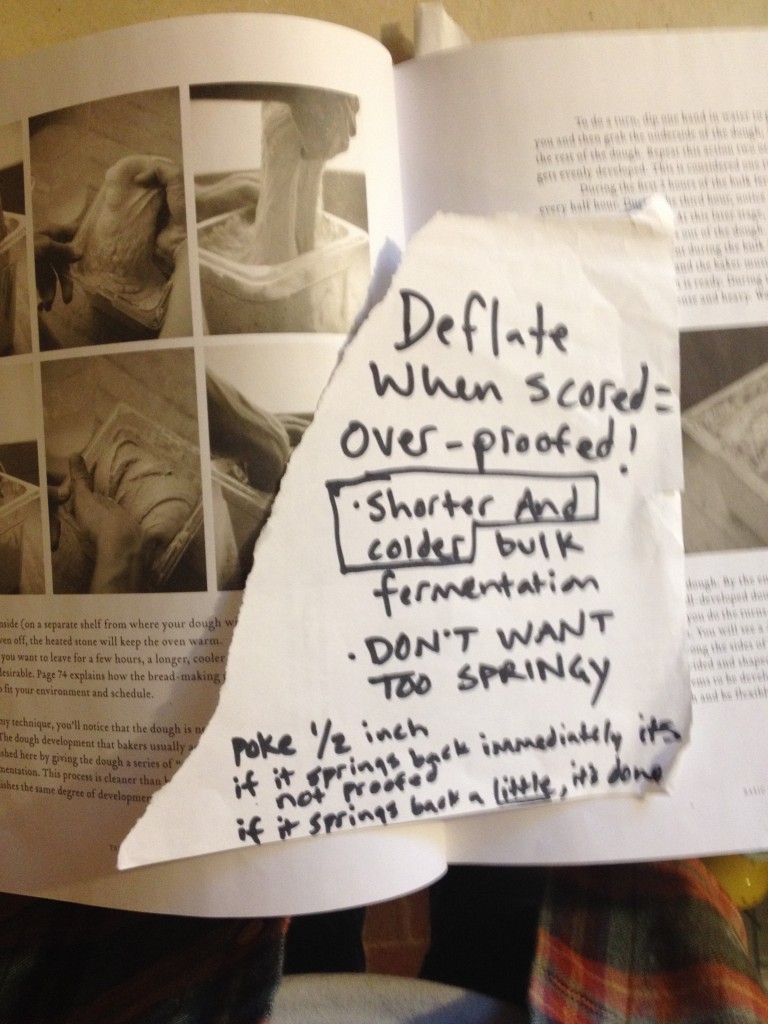
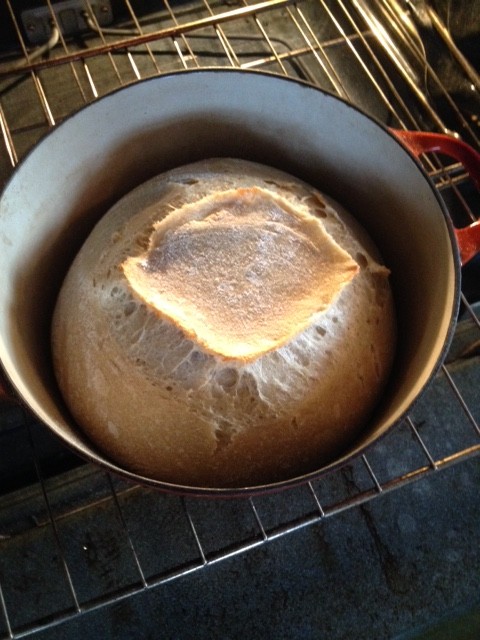
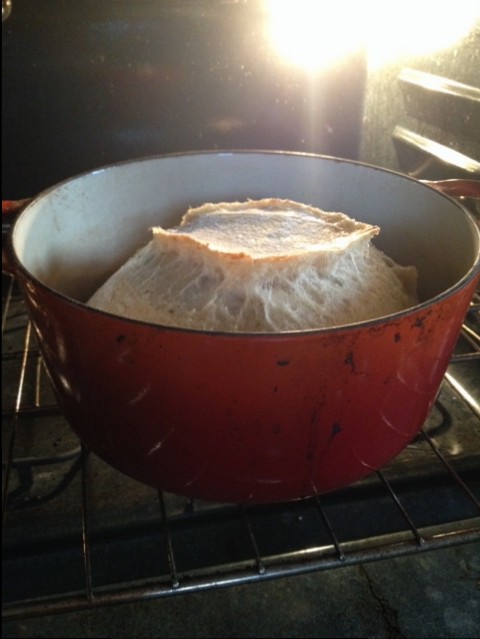
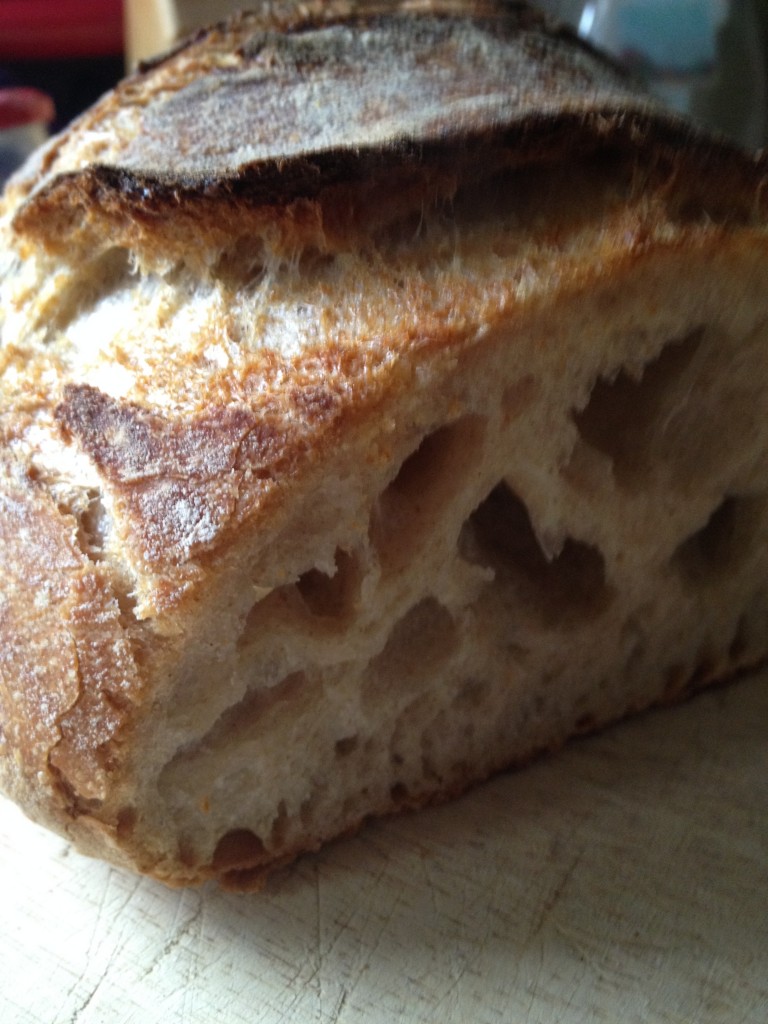
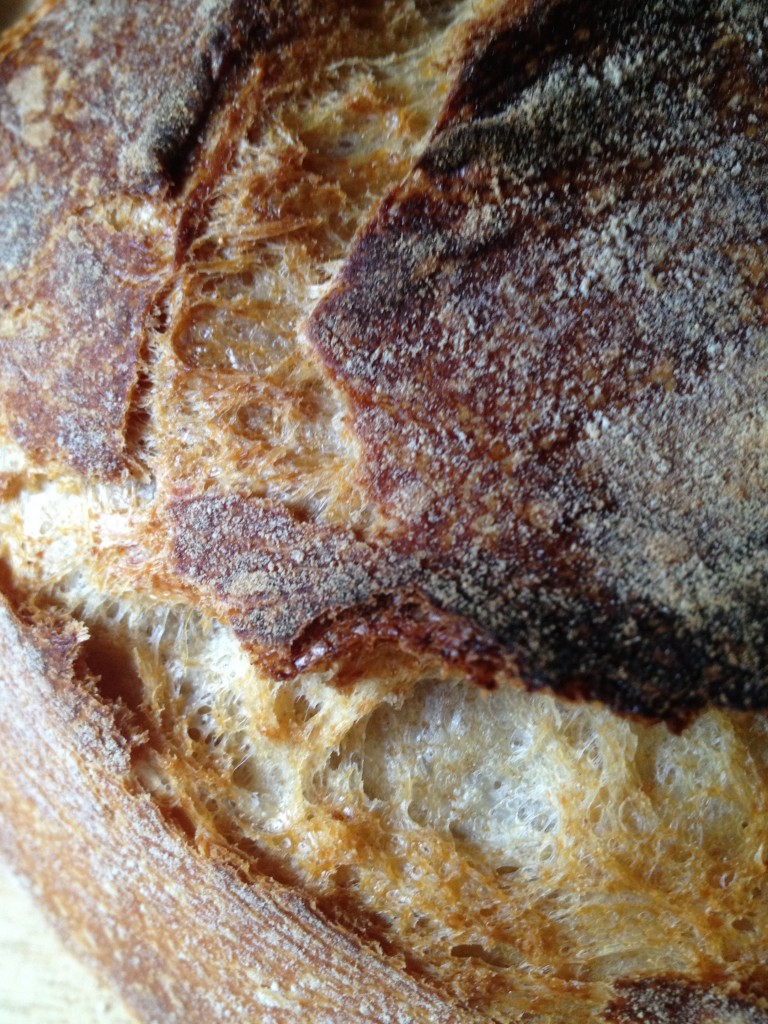

Now you can toast it in your toaster oven!
Also CONGRATULATIONS!
YAYY!
I need to do this dutch oven thing. Do you have one with an actual metal knob? I have a fear of knob-melting.
Yes! I got a vintage one on ebay from the 1960s, so it is all metal. It doesn’t have a knob, it’s more like a handle, but it’s all metal.
If you have one with the plastic knob, you are supposed to take the knob off before baking with it! My friend Phil does it this way and it is fine too
Hey! just taking the knob off is a thing I do without spending any money on an additional dutch oven! BRILLIANT
I CAN do
jeez
Or if you already have a Dutch oven, you can buy a metal knob (I have one by Lodge that looks nice and was affordable) and just replace your plastic knob!
I actually had a metal knob on my wishlist for awhile. Maybe I should put it back! Also: Ericka? DIARYLAND RICKA?? HI RICKA LOVE CHANCEL
CONGRATULATIONS!
WHAT A SUCCESS!
The part about shrieking up the stairs and telling someone to “LOOK! LOOK!” I can definitely relate to. But with other things, because great bread baking is already being done by someone else at my house so I take on other activities (also, I can’t even EAT bread).